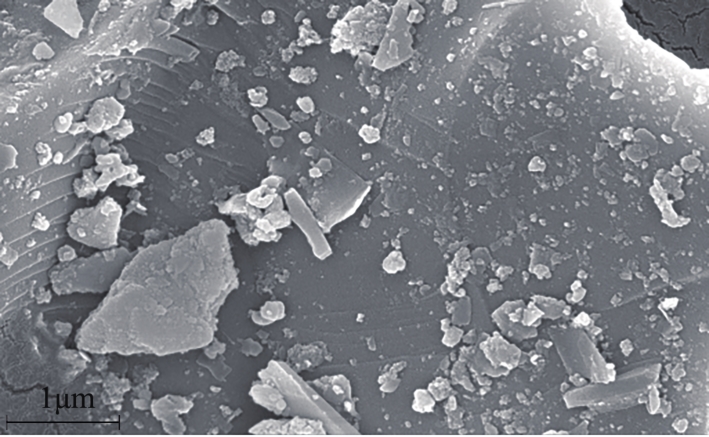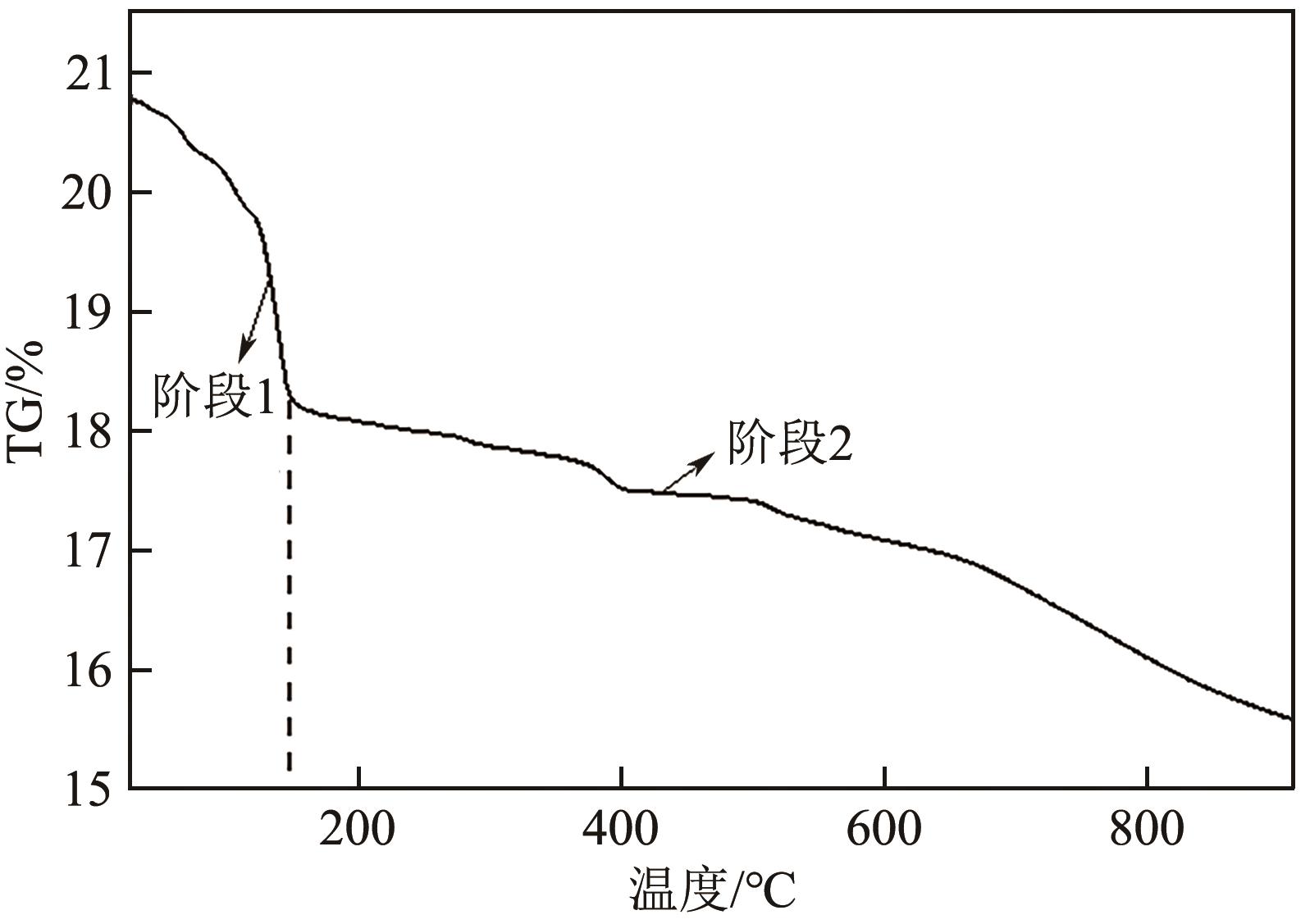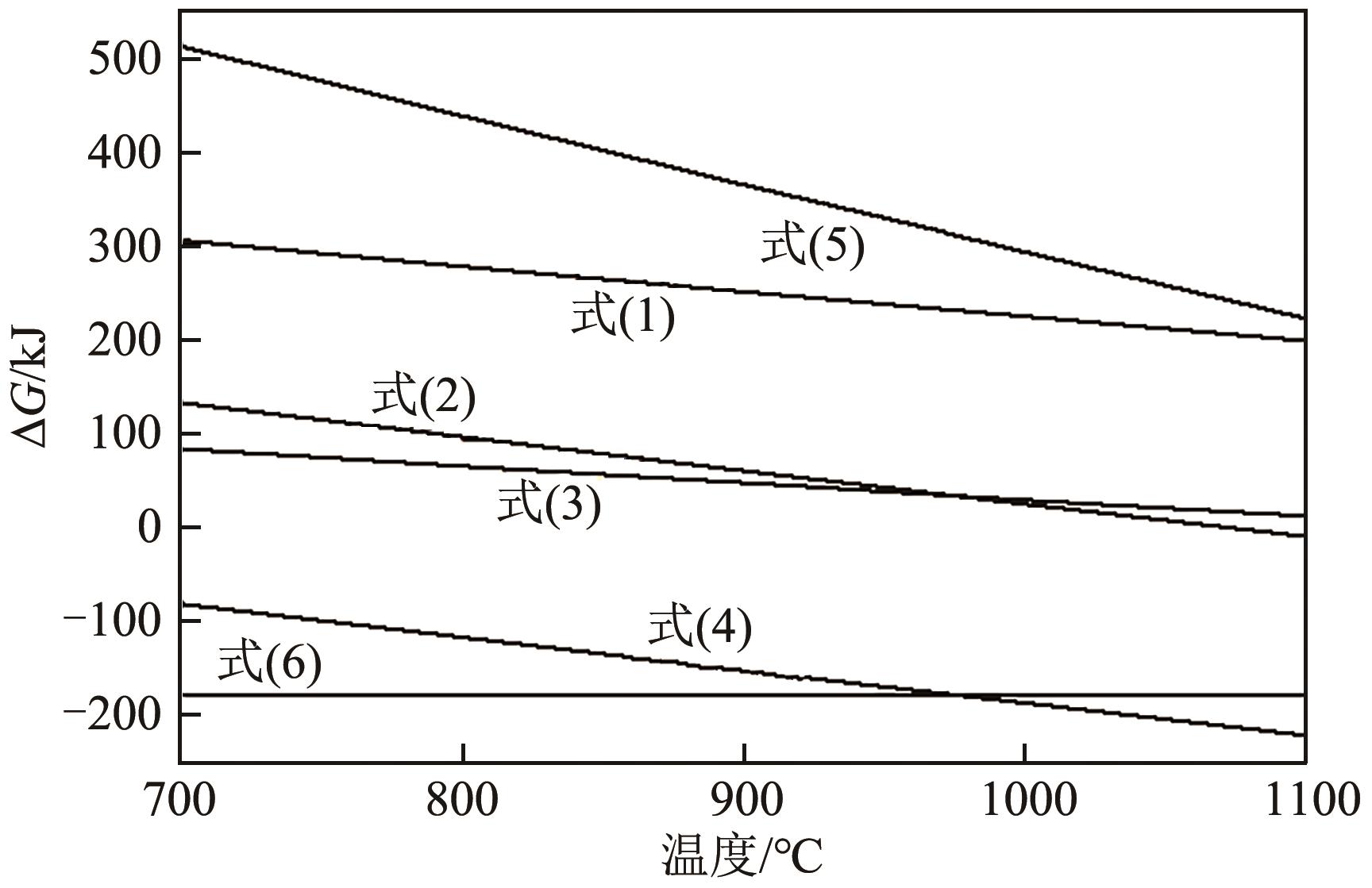| 1 |
陈雅静. 电解金属锰渣的处理与利用[J]. 中国锰业, 2016, 34(6): 143-145.
|
|
CHEN Yajing. An analysis on treatment and utilization of EMM residue[J]. China’s Manganese Industry, 2016, 34(6): 143-145.
|
| 2 |
朱志刚. 电解金属锰渣资源化的研究进展[J]. 中国锰业, 2015, 33(4): 1-3.
|
|
ZHU Zhigang. Progress of EMM manganese slag utilization[J]. China’s Manganese Industry, 2015, 33(4): 1-3.
|
| 3 |
DUAN N, DAN Z G, WANG F, et al. Electrolytic manganese metal industry experience based China’s new model for cleaner production promotion[J]. Journal of Cleaner Production, 2011, 19(17/18): 2082-2087.
|
| 4 |
SHU J C, WU H P, LIU R L, et al. Simultaneous stabilization/solidification of Mn2+ and NH4+-N from electrolytic manganese residue using MgO and different phosphate resource[J]. Ecotoxicology and Environmental Safety, 2018, 148: 220-227.
|
| 5 |
王勇. 电解锰渣作为水泥矿化剂的研究[J]. 混凝土, 2010(8): 90-93.
|
|
WANG Yong. Research of utilizing electrolytic manganese residue for cement mineralizer[J]. Concrete, 2010(8): 90-93.
|
| 6 |
雷杰, 彭兵, 柴立元, 等. 用电解锰渣制备高铁硫铝酸盐水泥熟料[J]. 材料与冶金学报, 2014, 13(4): 257-261.
|
|
LEI Jie, PENG Bing, CHAI Liyuan, et al. Preparation of Ferro-aluminate cement clinker with electrolytic manganese residue[J]. Journal of Materials and Metallurgy, 2014, 13(4): 257-261.
|
| 7 |
林明跃, 崔葵馨, 肖飞, 等. 电解锰压滤渣高温脱硫活化制备水泥混合材的研究[J]. 硅酸盐通报, 2015, 34(3): 688-693.
|
|
LIN Mingyue, CUI Kuixin, XIAO Fei, et al. Research on preparation of cement additives from electrolytic manganese slag through high-temperature desulfurization and activation[J]. Bulletin of the Chinese Ceramic Society, 2015, 34(3): 688-693.
|
| 8 |
郭盼盼, 张云升, 范建平, 等. 免烧锰渣砖的配合比设计、制备与性能研究[J]. 硅酸盐通报, 2013, 32(5): 786-793.
|
|
GUO Panpan, ZHANG Yunsheng, FAN Jianping, et al. Mixture ratio design, preparation and performance of non-burnt manganese slag brick[J]. Bulletin of the Chinese Ceramic Society, 2013, 32(5): 786-793.
|
| 9 |
余举学. 电解锰渣制备新型墙体材料的研究[J]. 新型建筑材料, 2012, 39(8): 87-89.
|
|
YU Juxue. Research on the preparation of new wall material with electrolytic manganese residue[J]. New Building Materials, 2012, 39(8): 87-89.
|
| 10 |
宋谋胜, 张杰, 李勇, 等. 利用锰渣合成堇青石/钙长石复相陶瓷及其抗热震性能研究[J]. 功能材料, 2019, 50(8): 8150-8155.
|
|
SONG Mousheng, ZHANG Jie, LI Yong, et al. Synthesis and thermal shock resistance of cordierite/anorthite multiphased ceramics using manganese residue[J]. Journal of Functional Materials, 2019, 50(8): 8150-8155.
|
| 11 |
何德军, 舒建成, 陈梦君, 等. 电解锰渣建材资源化研究现状与展望[J]. 化工进展, 2020, 39(10): 4227-4237.
|
|
HE Dejun, SHU Jiancheng, CHEN Mengjun, et al. Current status and future prospects of electrolytic manganese residue reused as building materials[J]. Chemical Industry and Engineering Progress, 2020, 39(10): 4227-4237.
|
| 12 |
程淑君, 陶宗硕, 施学宝. 锰渣作水泥混合材的应用研究[J]. 中国建材科技, 2019, 28(4): 48-49.
|
|
CHENG Shujun, TAO Zongshuo, SHI Xuebao. Study on application of manganese slag as cement mixture[J]. China Building Materials Science & Technology, 2019, 28(4): 48-49.
|
| 13 |
KATO T, MURAKAMI K, SUGAWARA K. Carbon reduction of gypsum produced from flue gas desulfurization [J]. Archiv Für Klinische Und Experimentelle Dermatologie, 2012, 29(1): 805-810.
|
| 14 |
ZHENG S C, NING P, MA L P, et al. Reductive decomposition of phosphogypsum with high-sulfur-concentration coal to SO2 in an inert atmosphere[J]. Chemical Engineering Research and Design, 2011, 89(12): 2736-2741.
|
| 15 |
ZHU B, MA L P, ZHENG D L, et al. Study on the transmission and transformation of the impurities in the reductive decomposition process of phosphogypsum[C]//Proceedings of the 2016 6th International Conference on Machinery, Materials, Environment, Biotechnology and Computer. Paris: Atlantis Press, 2016.
|
| 16 |
LI C X, ZHONG H, WANG S, et al. Reaction process and mechanism analysis for CaS generation in the process of reductive decomposition of CaSO3 with coal[J]. Journal of the Taiwan Institute of Chemical Engineers, 2015, 50: 173-181.
|
| 17 |
车丽诗, 雷鸣. 锰渣资源化利用的研究进展[J]. 中国锰业, 2016, 34(3): 127-130.
|
|
CHE Lishi, LEI Ming. Research of resource utilization of manganese residue[J]. China’s Manganese Industry, 2016, 34(3): 127-130.
|
 ), XU Zihao, LI Yingjie(
), XU Zihao, LI Yingjie( ), TIAN Senlin, NING Ping
), TIAN Senlin, NING Ping







